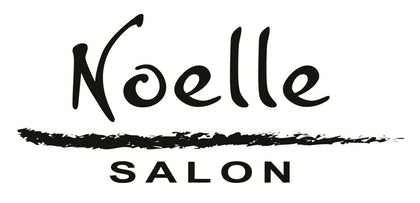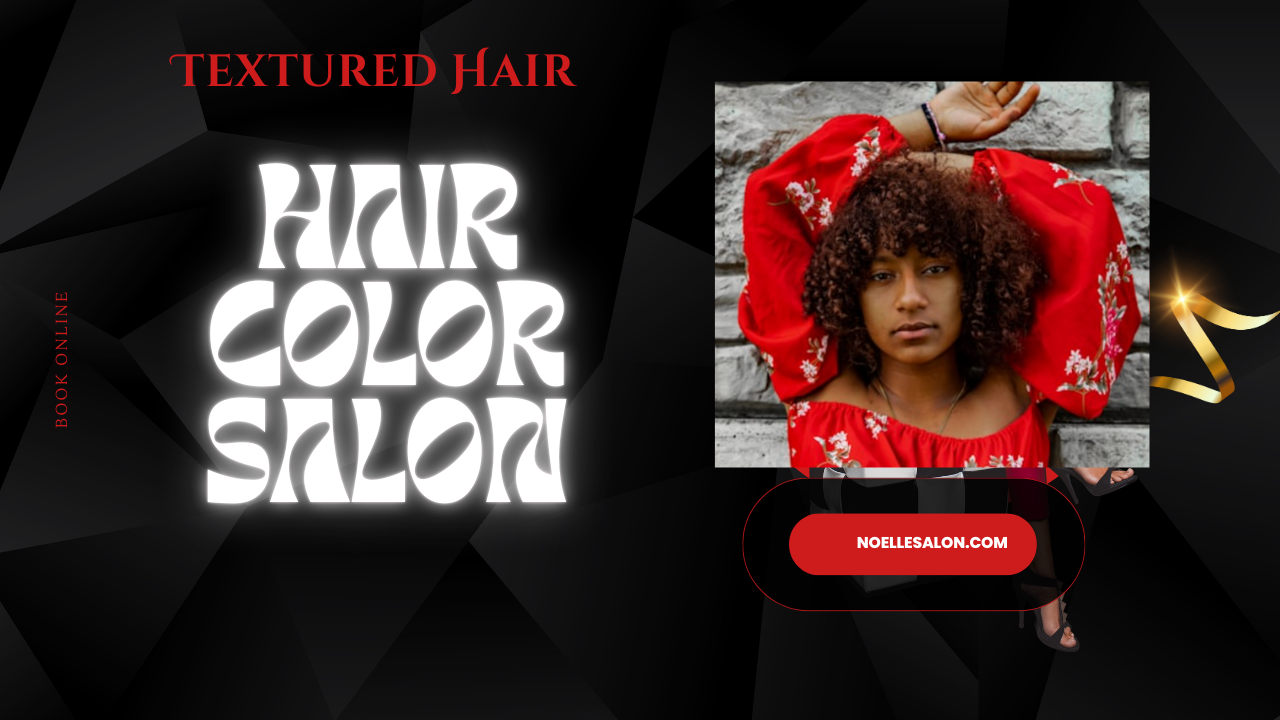Expert Tips for Textured Hair Color Boston Success
Choosing the right hair stylist is key to your salon experience. In Boston, a city known for its lively and diverse community, it’s important to find a stylist who gets the details of textured hair. This will help you get the hairstyle you want. Whether you want a slight color change or a big makeover, a skilled textured hair color expert can truly make a difference.
Why Choose a Textured Hair Color Expert at Boston Salon
Textured hair has special features that need a careful approach to coloring. Whether you have tight coils or loose waves, the curl pattern and health of your hair really affect how well color takes.
Choosing a colorist in Boston who knows about textured hair is a smart move. Your stylist will understand what your hair needs. They can suggest the right colors and use methods that prevent damage while giving you great results.
The Importance of Specialization in Textured Hair
A good understanding of textured hair goes beyond just basic coloring. Experienced stylists know about curl types, like the Andre Walker Hair Typing System. They can identify your curl pattern, whether it's 3a curls or 4c coils. This knowledge is important for applying color correctly to meet your hair's needs.
These specialists also understand how different hair products and treatments, like relaxers or keratin, can affect coloring. For example, a stylist who knows about the work of fashion icon Alexander McQueen values a client’s history with chemical treatments. This helps ensure good and expected results when adding color.
When you choose a textured hair expert, you gain from their skills and experience. This leads to a more personalized and satisfying salon experience.
Benefits of Custom Color Solutions for Unique Hair Textures
Custom color solutions are great for people with textured hair because they focus on each person's unique curls. Instead of using the same method for everyone, skilled colorists look at your hair's characteristics. They consider its porosity, texture, and what you want to achieve to create a color just for you.
Techniques like the DevaCut, which is made for curly hair, often work well with custom color solutions. This method highlights your natural curls, and understanding it helps the colorist add depth and highlights to your Deva hair.
Also, whether you like to wear your hair naturally curly, in protective styles like braids, or try out different hairstyles, custom color solutions can be adjusted to fit your personal style. They can make your natural beauty even better.
Top Techniques Used by Boston's Best Textured Hair Colorists
Boston’s best colorists keep up with the latest trends. They use modern techniques that are perfect for textured hair. They focus on keeping your curls healthy while giving you beautiful and trendy color.
Now, let’s explore two popular coloring methods that can improve the natural beauty of textured hair.
Balayage for Textured Hair: A Tailored Approach
Balayage has become very popular in recent years, and there are good reasons for it. This hand-painted highlighting method helps colorists create natural-looking, sun-kissed highlights that mix well with your natural hair color. When done on textured hair, balayage is tailored to fit the curl pattern. This leads to a rich and appealing look.
Here’s why balayage is a great choice for textured hair:
-
Low Maintenance: Balayage grows out smoothly without sharp lines, so it needs fewer touch-ups.
-
Curl Definition: The highlights are placed in ways that add depth and shape to curls, making them bouncy and more defined.
-
Versatility: Balayage looks great with different haircuts and styles, whether you have a short pixie or long flowing hair.
Highlights and Lowlights to Enhance Natural Curls
For anyone who wants to add some depth or make their natural curls shine, highlights and lowlights are a great choice. Highlights lighten certain strands of hair, while lowlights bring in darker shades. Together, they create depth and make your hair more interesting.
When done carefully, highlights and lowlights can highlight the natural shapes of curly hair. This method copies how light and shade play on natural curls. It adds movement, depth, and shine.
Whether you want a light sun-kissed look or a more bold change, highlights and lowlights can be tailored. They will enhance your unique curl pattern and look great with your skin tone.
Conclusion
In conclusion, picking a textured hair color expert in Boston can change your look and lift your confidence. These experts know how to work with textured hair, giving you custom color that matches your unique style. They use special techniques like balayage, highlights, and lowlights to enhance your natural curls. If you want to change your style and show off your textured hair, trust the skilled techniques from Boston's best. Improve your hair with personal color solutions that keep it healthy and bright. Book an appointment today and see the magic of textured hair coloring!
Frequently Asked Questions
What makes textured hair coloring different from regular coloring?
Textured hair has a special curl pattern and porosity. This makes it change in different ways when using hair color compared to straight hair. Hairstylists who understand textured hair look at these factors. They want to give you a great salon experience and get the best color results while keeping your hair healthy.
How often should I color my textured hair to maintain its health and vibrancy?
Most stylists for textured hair suggest getting touch-ups every 6 to 8 weeks. This can vary based on the coloring method you choose and how fast your hair grows. Going to the salon regularly helps keep your hair color bright and supports its health.
Can I switch from dark to light colors without damaging my textured hair?
Yes, it is very important to talk to an expert in textured hair before making a big change. They can look at your hair's health and suggest a safe way to lighten it. This will help reduce damage.








